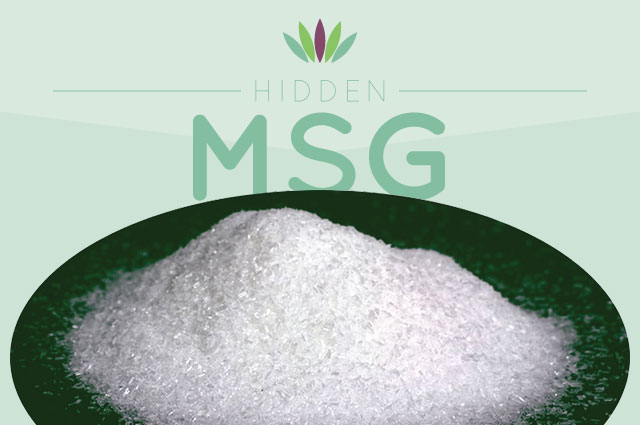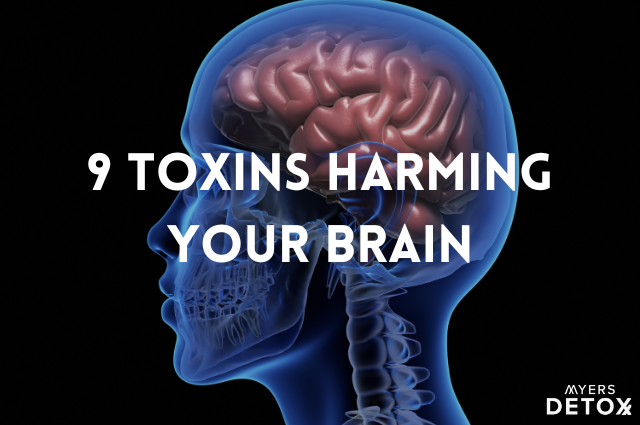MSG employs numerous mechanisms in your body to make you FAT!!! I’m sure you’ve all heard that MSG is bad for you. But do you know exactly why? Or where it lurks? You may be surprised. Food manufacturers put MSG in EVERYTHING because it is the perfect flavor enhancer, making their products taste great, enticing you to buy them again and again. Hidden MSG is one of the main reasons the United States is suffering from an obesity epidemic.
Among researchers, it is common industry knowledge to use MSG if you want to fatten up lab animals for study. Researchers inject lab mice, rats, or any kind of animal with MSG, which makes them morbidly obese. They become obese because the MSG renders them insulin resistant (unable to get glucose (sugar) into the cells to burn as energy) as well as make them constantly hungry. With all that insulin in the blood, the hapless rats pack on the grams (pounds for us!). Insulin is the hormone that signals the body to store fat. Any time you get a rise in blood sugar (you eat a big meal or sweets, for instance) you get a rise in insulin. You can guess what happens.
Another reason you gain weight when you ingest MSG, or any other harmful chemical, is because your body protects itself by storing harmful substances in fat. Thus, the more chemicals you ingest, the more fat your body will store in an attempt to keep it away from the body’s vital organs. So, if you stop ingesting food additives, like MSG, you will naturally start losing weight.
MSG also makes your appetite spiral out of control. Your body loses its ability to tell that it’s full because MSG suppresses leptin, the hormone that signals your body that you’ve had enough to eat. You end up eating more than you normally would and get hungrier sooner.
MSG is extremely toxic to the body. It is an excitatory neurotoxin that excites and then kills brains cells. Hyperactivity in children is in part due to consuming MSG and other food additives and their excitatory effect on brain cells. It causes diabetes by making people insulin resistant, unable to process the sugar they consume. Cancer is another way you are rewarded by ingesting MSG for years. There are many, many other health consequences to consuming MSG, namely due to it causing inflammation, which researches have found is the basis for the majority of diseases and chronic debilitating health conditions. The short list is retinal degeneration, neuroendocrine disorders, reproductive disorders, stunted growth, learning and memory disorders, behavior disorders, stroke, epilepsy, degenerative disorders (Alzheimer’s disease, Parkinson’s disease, and ALS, for example), brain trauma, neuropathic pain, schizophrenia, anxiety, depression, and many diseases of the central nervous system. Pretty nasty stuff, huh?
Food manufacturers know consumers don’t want to eat MSG, so they’ve disguised MSG under many different names. A single product can contain many, many different types of MSG! The best way to avoid MSG is to avoid processed foods from boxes and frozen meals! ALL fast food naturally contains MSG, though KFC is the worst offender. Don’t be fooled even if you’re shopping at a healthy store like Whole Foods. Many so-called health foods contain MSG disguised as healthy soy (textured soy protein, soy protein isolate), but it’s really MSG! Read the label before purchasing processed, boxed, or frozen foods like veggie burgers.
Here is a list of ingredients, even some that may seem healthy, but actually contain free glutamic acid, the bad stuff that is in MSG or is actually MSG!
Names of ingredients that always contain processed free glutamic acid (aka MSG)
- Yeast extract
- Glutamic acid (E 620)2
- Glutamate (E 620)
- Monosodium glutamate (E 621)
- Monopotassium glutamate (E 622)
- Calcium glutamate (E 623)
- Monoammonium glutamate (E 624)
- Magnesium glutamate (E 625)
- Natrium glutamate
- Anything “hydrolyzed”
- Any “hydrolyzed protein”
- Calcium caseinate
- Sodium caseinate
- Yeast food
- Yeast nutrient
- Autolyzed yeast
- Gelatin
- Textured protein
- Soy protein
- Soy protein concentrate
- Soy protein isolate
- Whey protein
- Whey protein concentrate
- Whey protein isolate
- Vetsin
- Ajinomoto
Names of ingredients that often contain or produce processed free glutamic acid (aka MSG)
- Carrageenan (E 407)
- Bouillon and broth
- Natural flavoring
- Artificial flavoring
- Any “flavors” or “flavoring”
- Stock
- Maltodextrin
- Citric acid, Citrate (E 330)
- Anything “ultra-pasteurized”
- Barley malt
- Pectin (E 440)
- Protease
- Anything “enzyme modified”
- Anything containing “enzymes”
- Malt extract
- Soy sauce (Tamari or other high quality soy sauces are OK)
- Soy sauce extract
- Anything “protein fortified”
- Seasoning blends
Have a story about MSG? Does MSG make you sick after you eat it? Are you sick of seeing MSG on every food label you read? Tell me your story by leaving a comment below.










